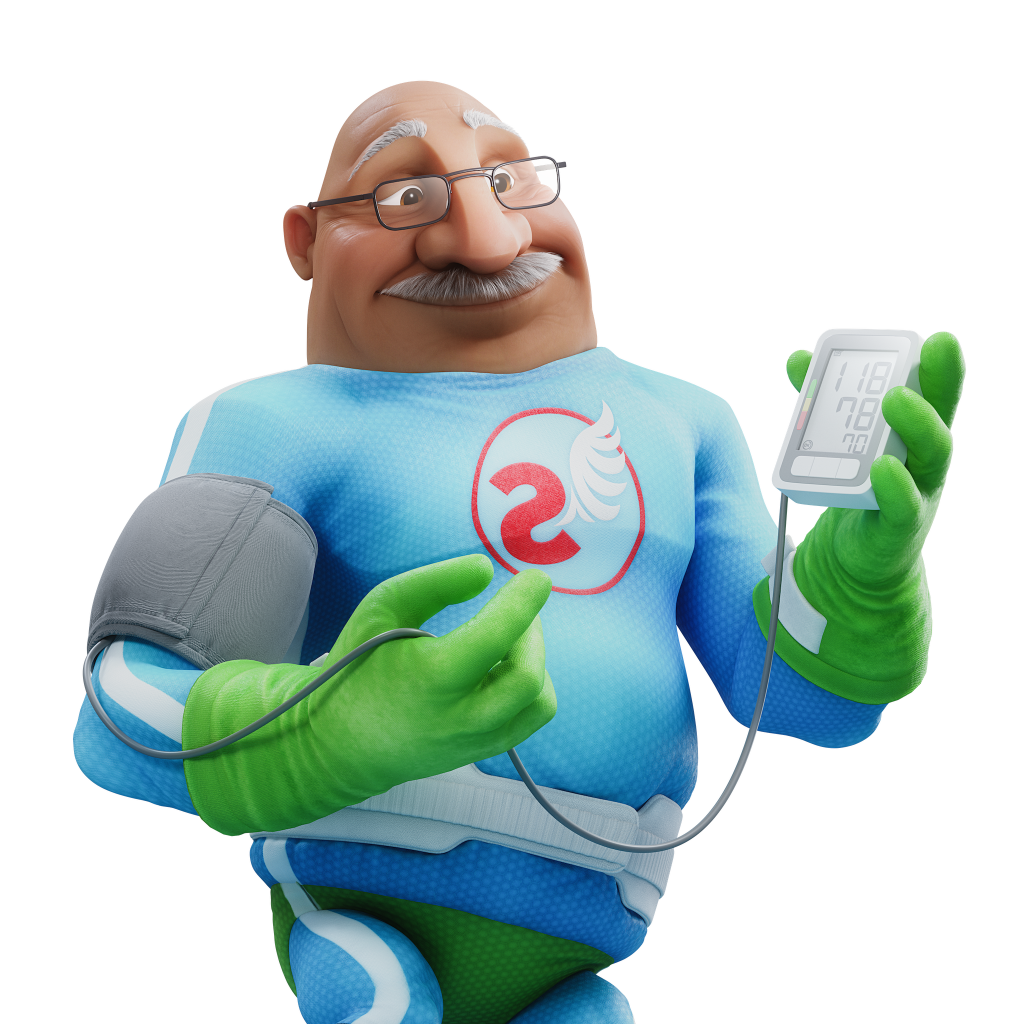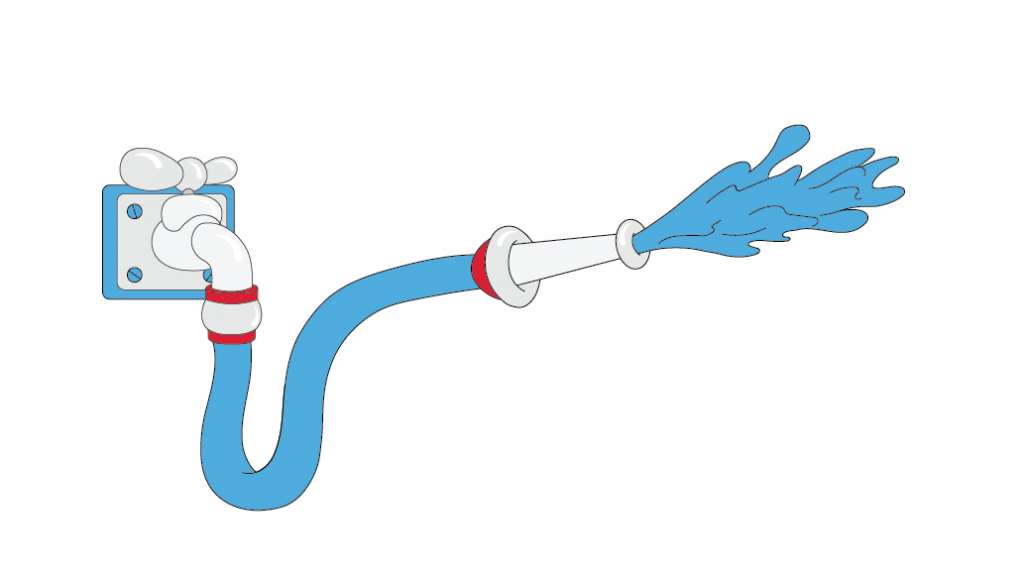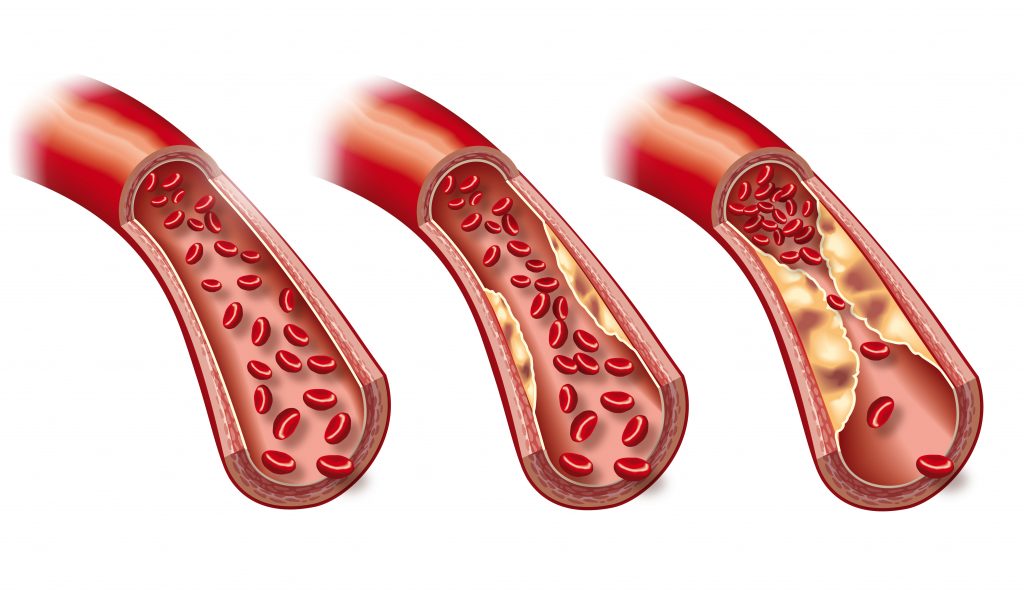Department of Education and Social Policy, University of Macedonia, 156 Egnatia Str., P.C.54636, Thessaloniki, Greece, Tel: +30 2310 891630, E-mail: For queries please write to hproios@uom.gr
This campaign was developed by the Department of Education and Social Policy of the University of Macedonia and has been made possible by the support from the Angels Initiative. The Angels Initiative is a Healthcare improvement project aimed at improving stroke care across the world. This is achieved by helping set up new Stroke Ready Hospitals and improving the quality of care in existing Stroke hospitals. The eventual goal is that all stroke patients have access to the same level of care irrespective of where they are in the world. The Angels Initiative is an initiative by Boehringer Ingelheim and is endorsed by the World Stroke Organisation (WSO), The European Stroke Organisation (ESO) and has as partners supporting the initiative the Stroke Alliance For Europe (SAFE) and Medtronic. For more information visit the website at www.angels-initiative.com









